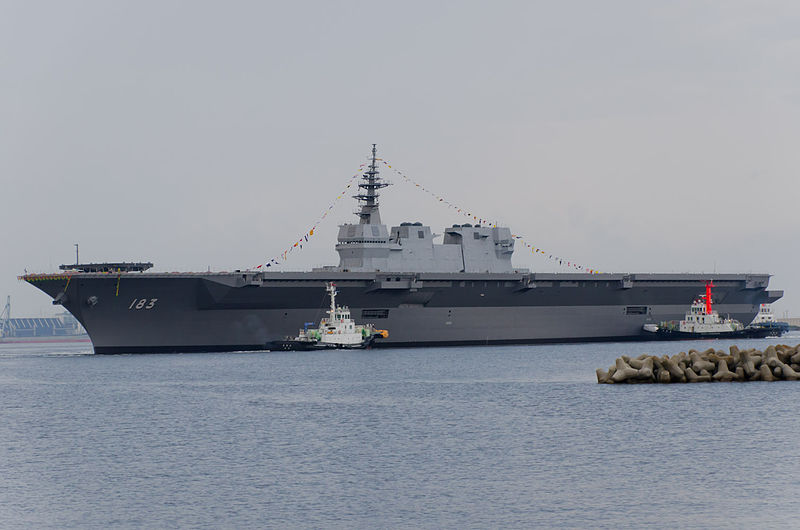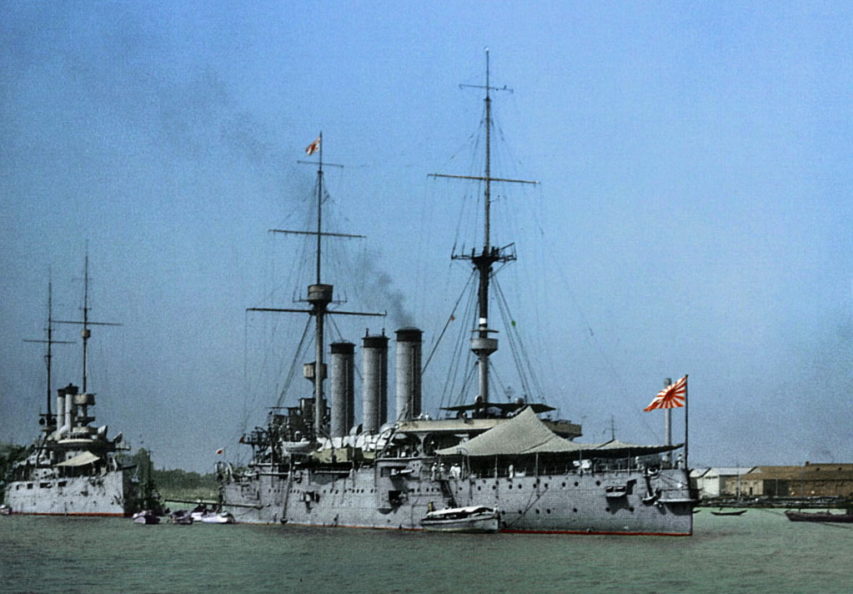For those with a taste for custom-brewed beer (and a very big budget), you can now have a batch of beer created to match your taste preferences, scientifically:
London-based Meantime Brewing Company, acquired a year ago by Belgian beverage multinational Anheuser-Busch InBev, wants to sell you beer tuned to your taste.
To do so, the company plans to direct willing customers to genetic testing service 23andMe – the Silicon Valley personal genomics biz that’s slowly emerging from its near death experience at the hands of US health regulators – to evaluate their genetic taste proclivities.
For a mere £25,000 (~$31,200), beer lovers who prefer entrusting purchasing decisions to science rather than self-knowledge can buy 12 hectolitres (about 2,100 Imperial pints or 2,500 US pints) of ale tailored to taste preferences encoded in their genome.
Customers supply their saliva, 23andMe sorts the genes, and Meantime crafts a beer to fit inborn affinities.
“Pioneering personal genetics company 23andMe will assess hereditary variations in your oral taste receptors (the TAS2R38 gene) to reveal the genetic variants that could explain personal preferences towards specific flavour profiles within beer, such as sweetness and bitterness,” the company explains on its website.
And if the genetically dictated balance of flavors doesn’t align with actual taste preferences, Meantime has left itself an out – customers get a consultation with Brewmaster Ciaran Giblin to adjust the flavors if necessary.
That’s almost certainly for the best since, as 23andMe points out, the role of genetics in taste preferences is uncertain. “Scientists aren’t yet sure how much of our taste preferences are genetic, but estimates are generally around 50 per cent,” the company says in the Taste report it offers subscribers.





